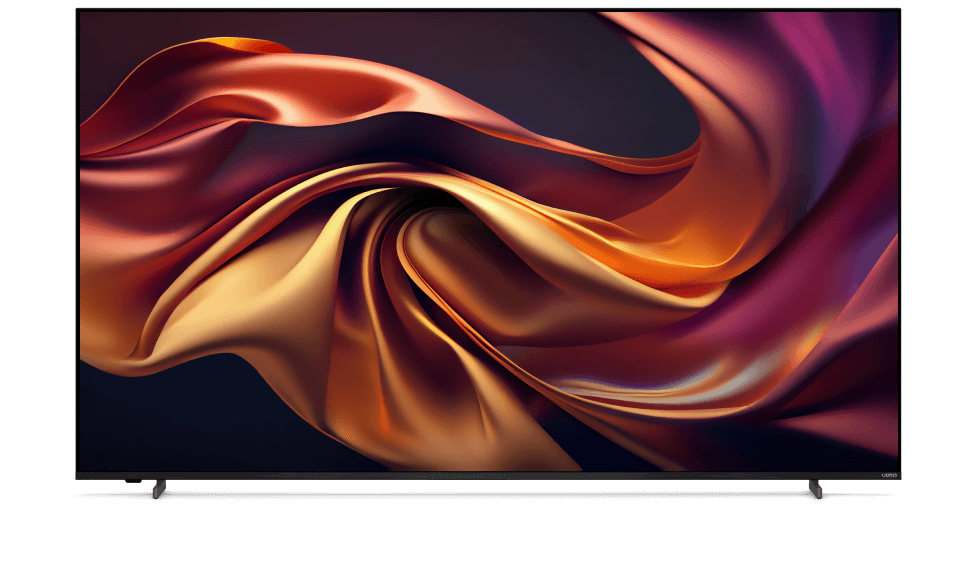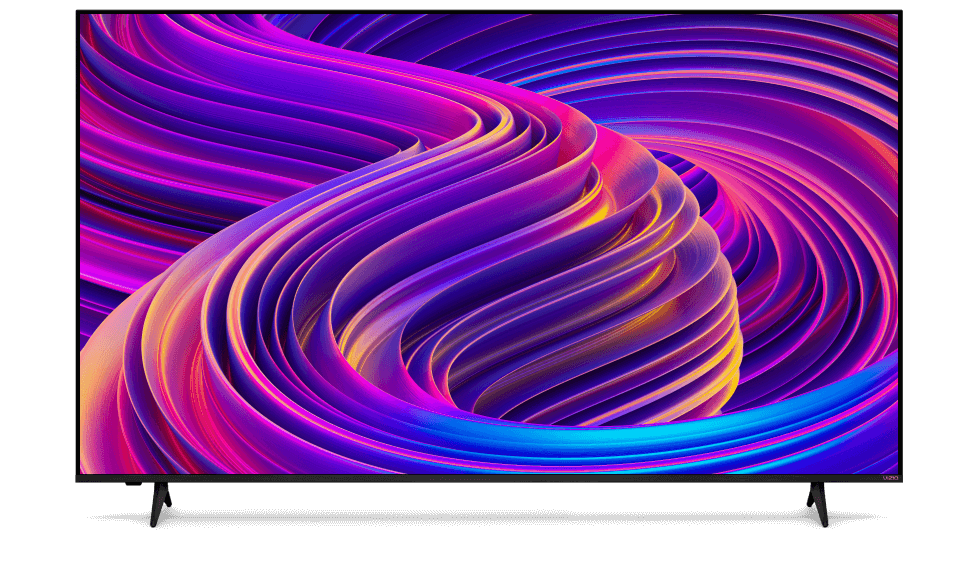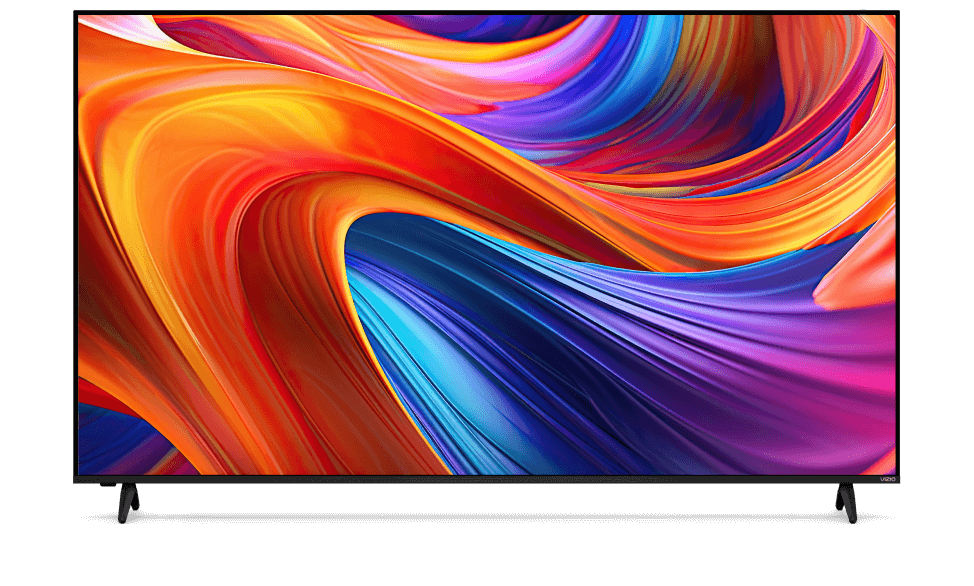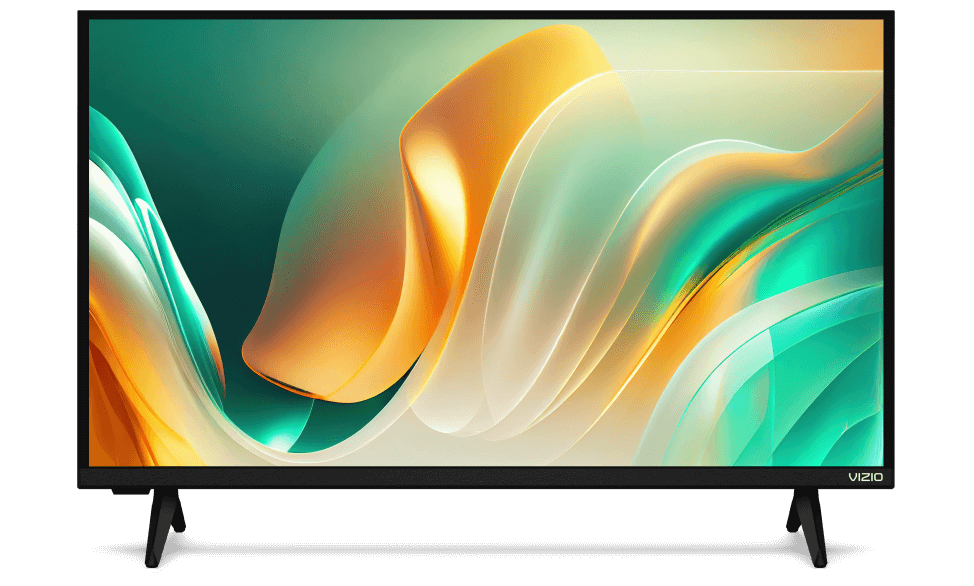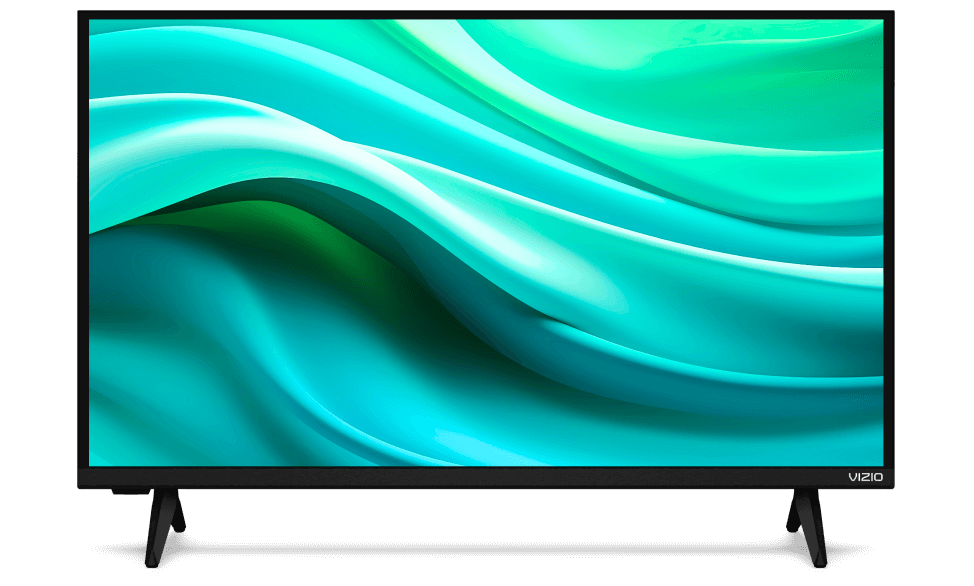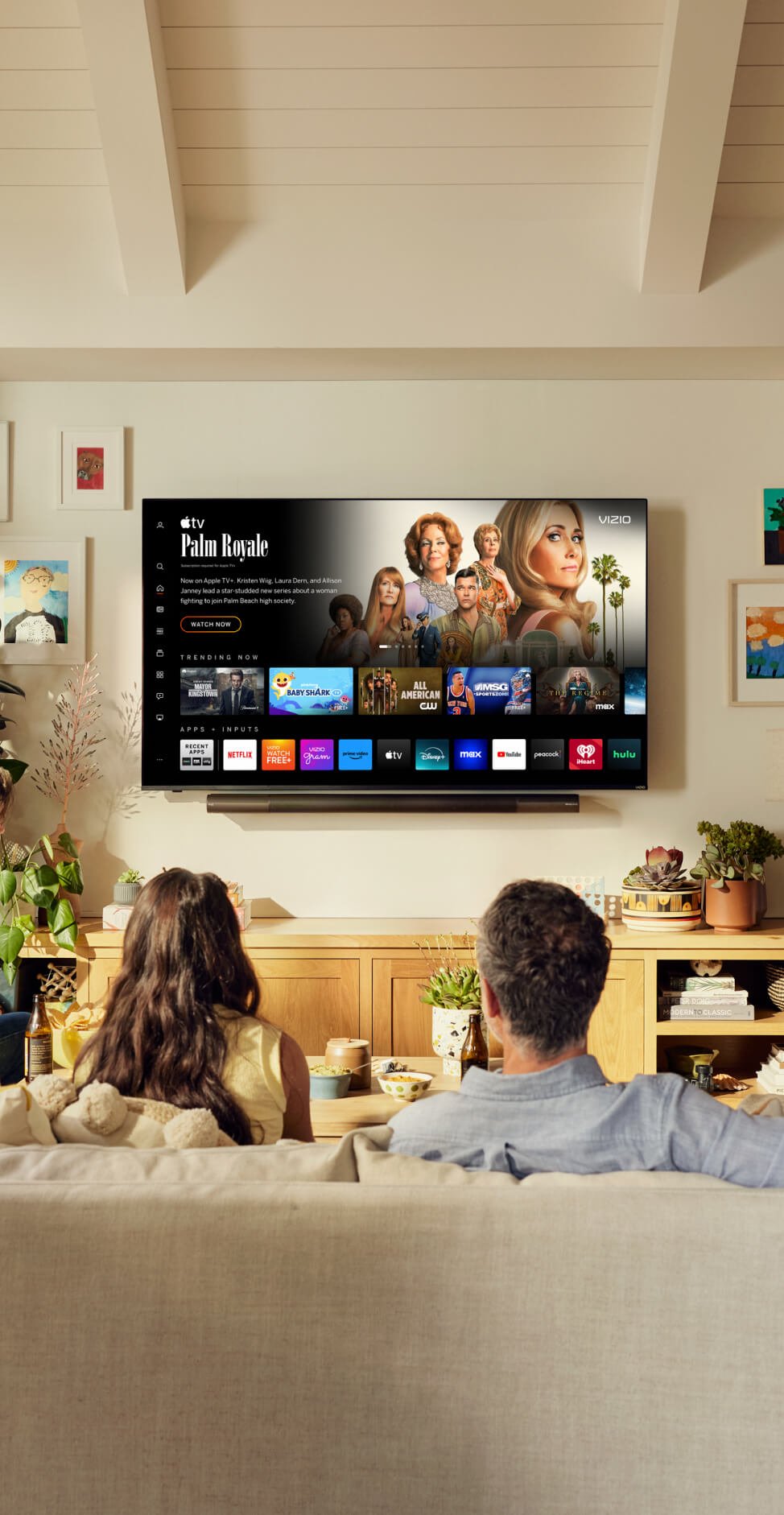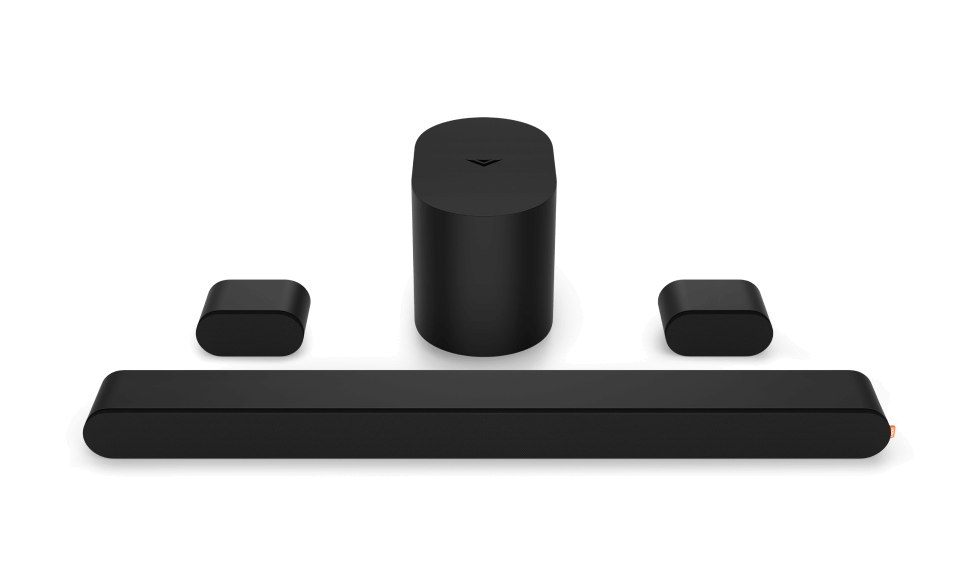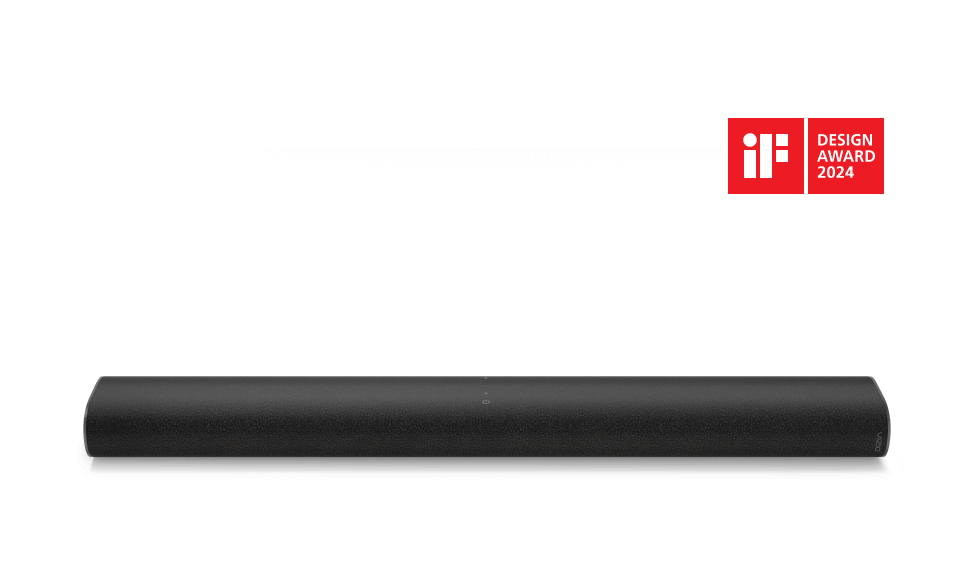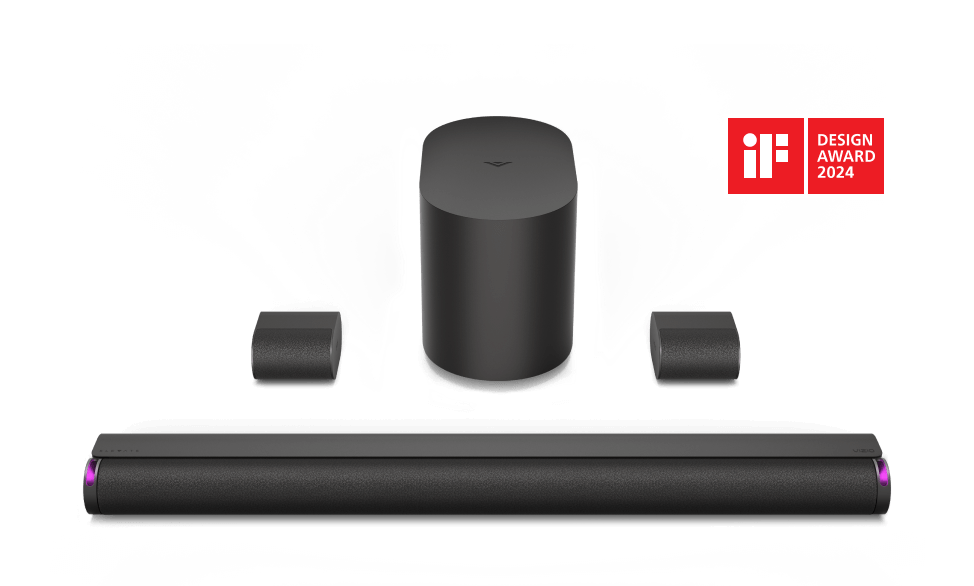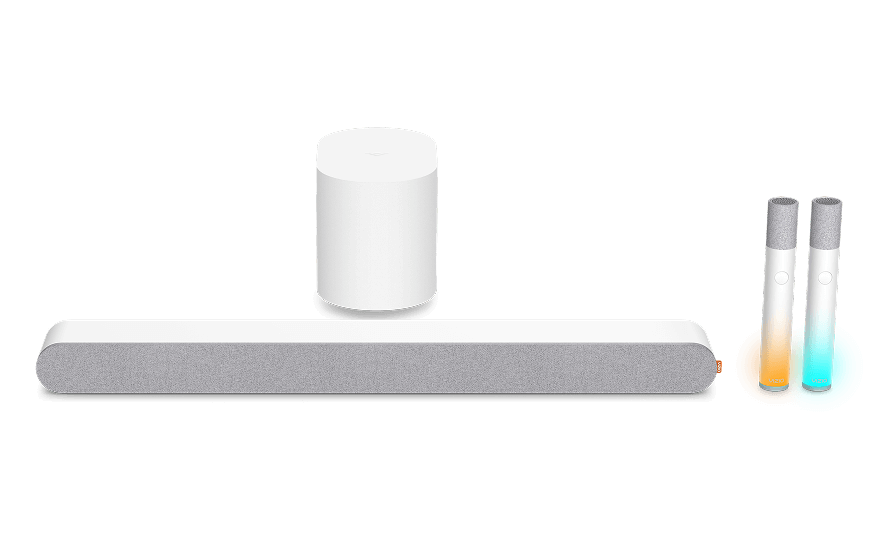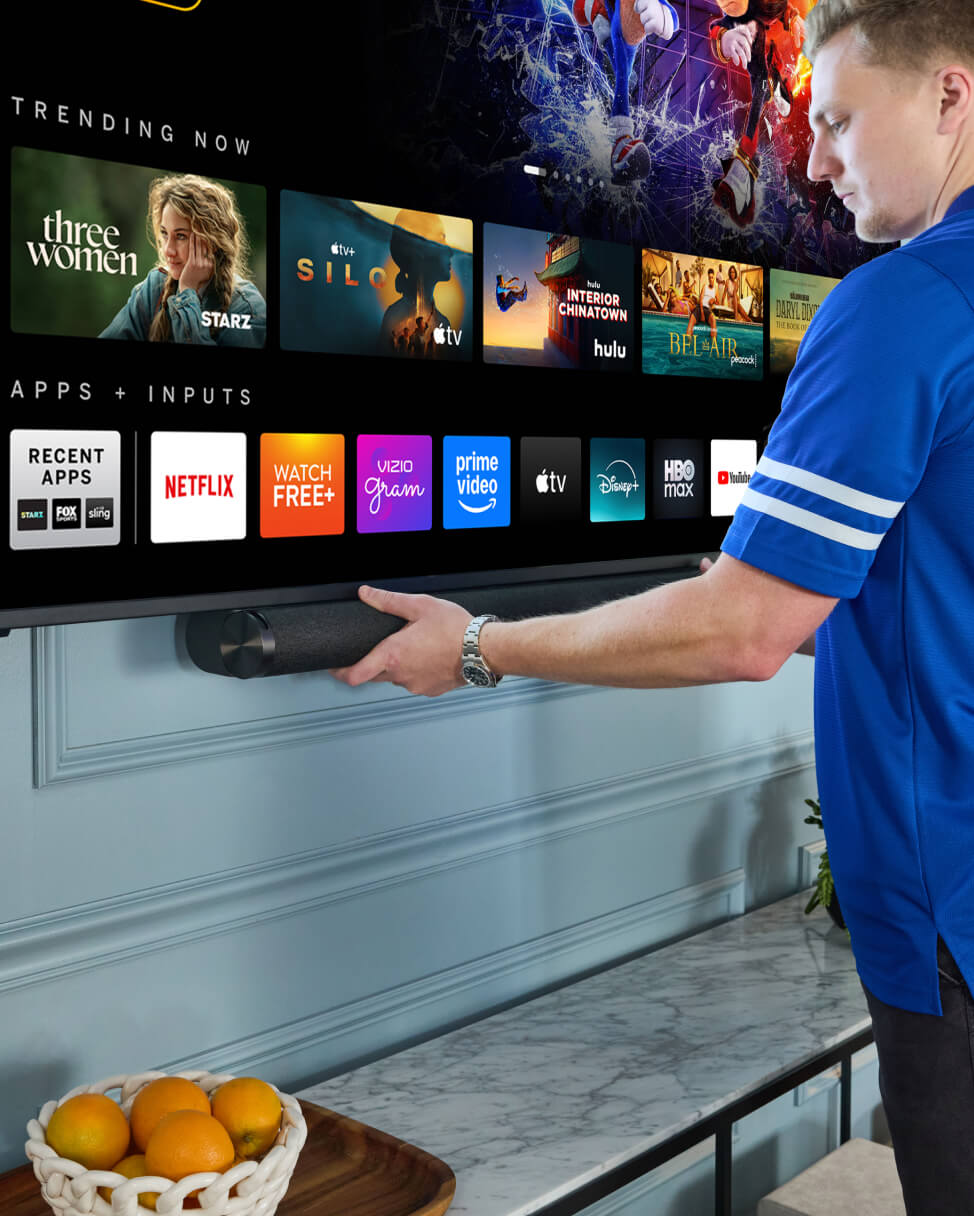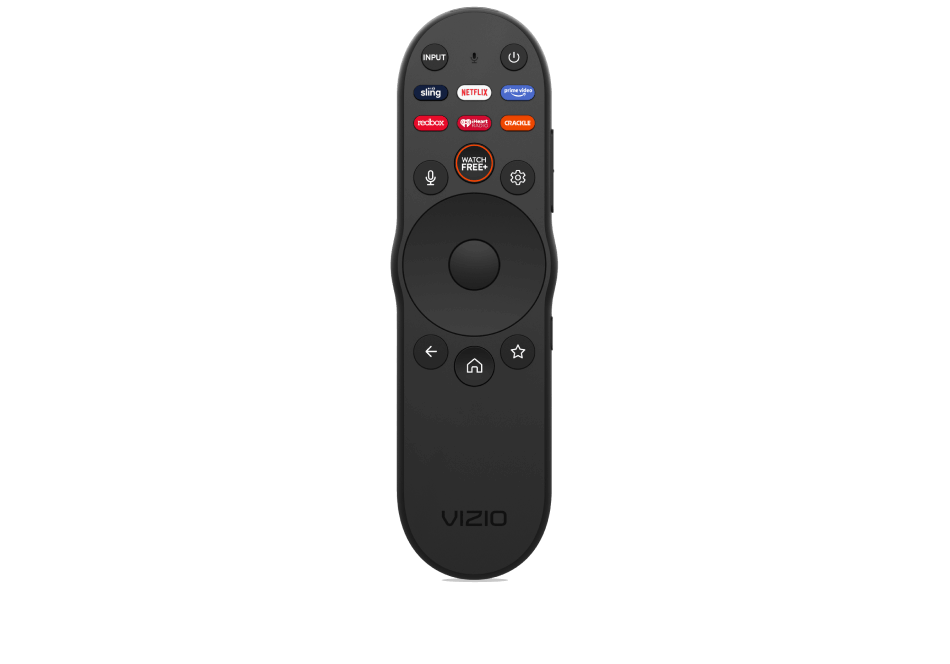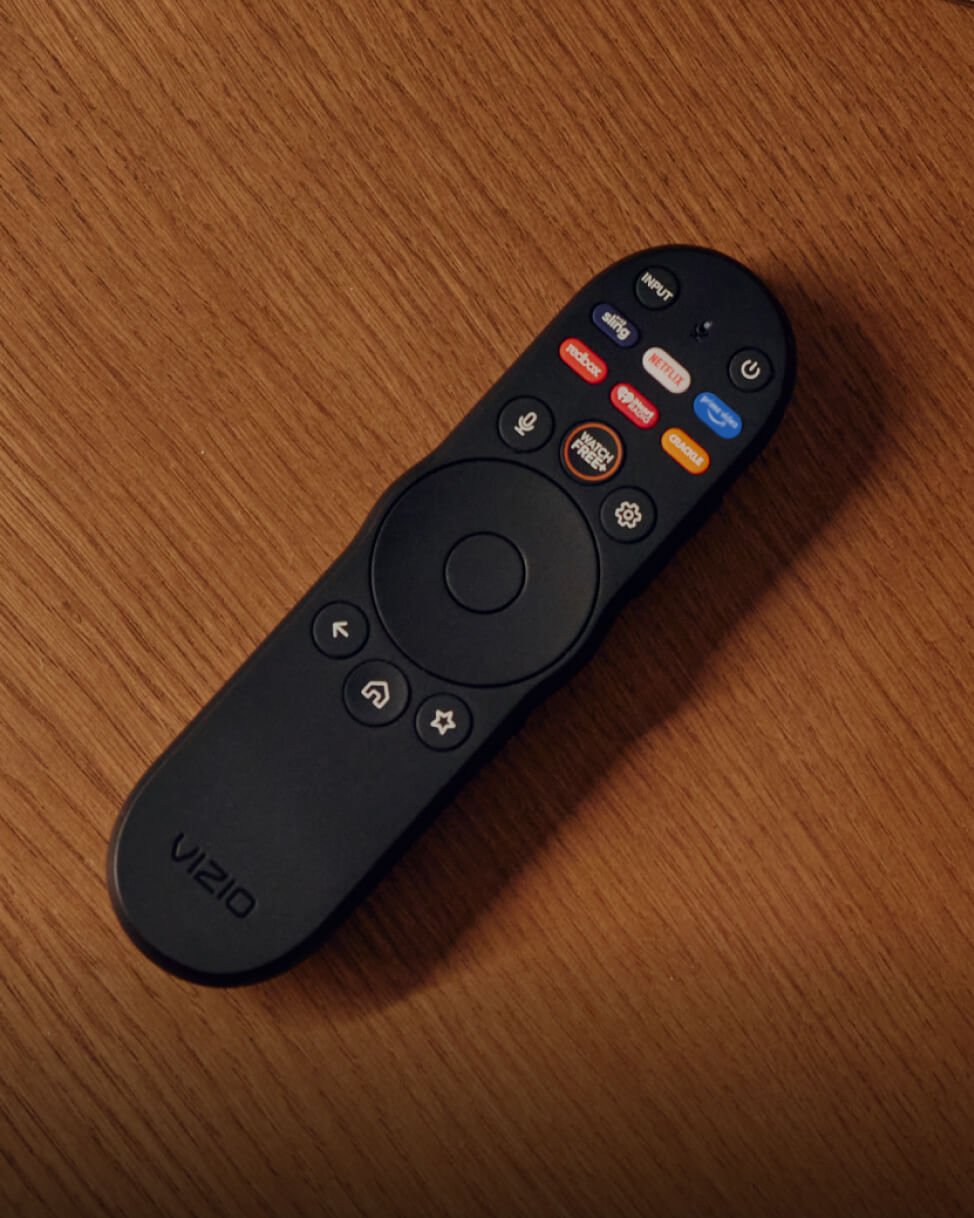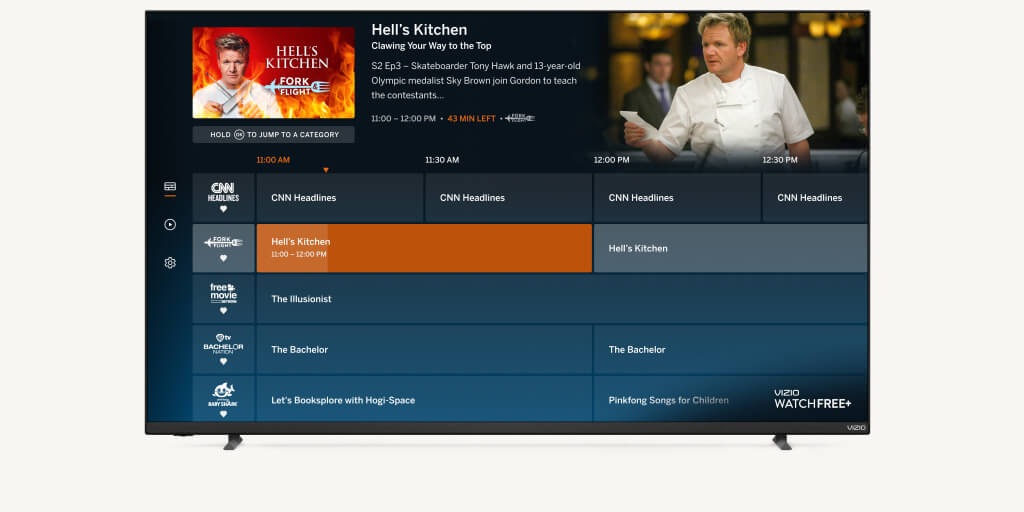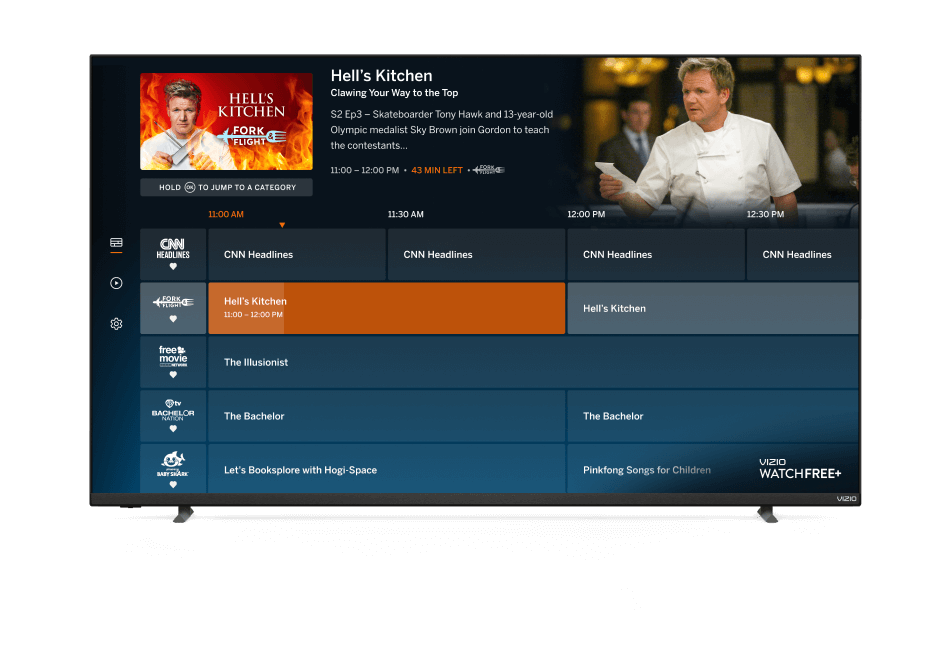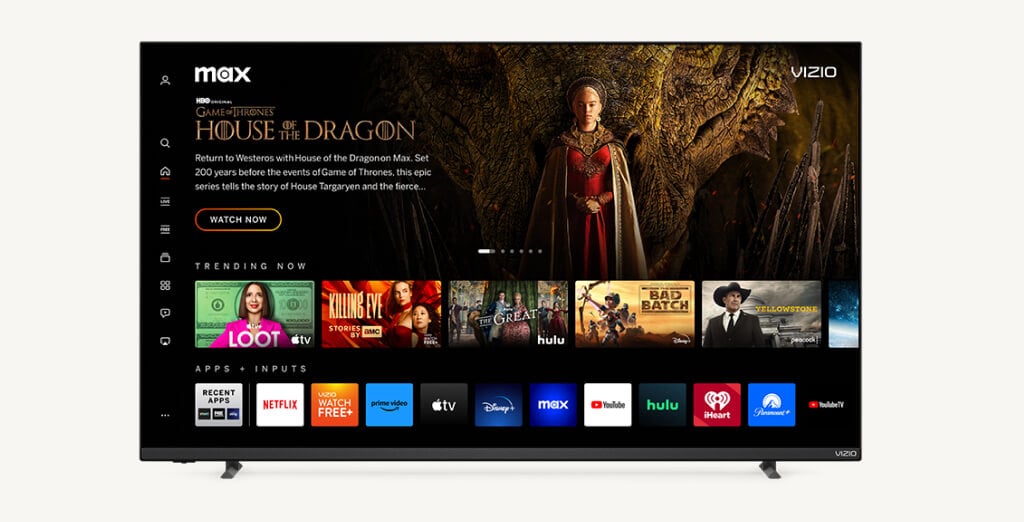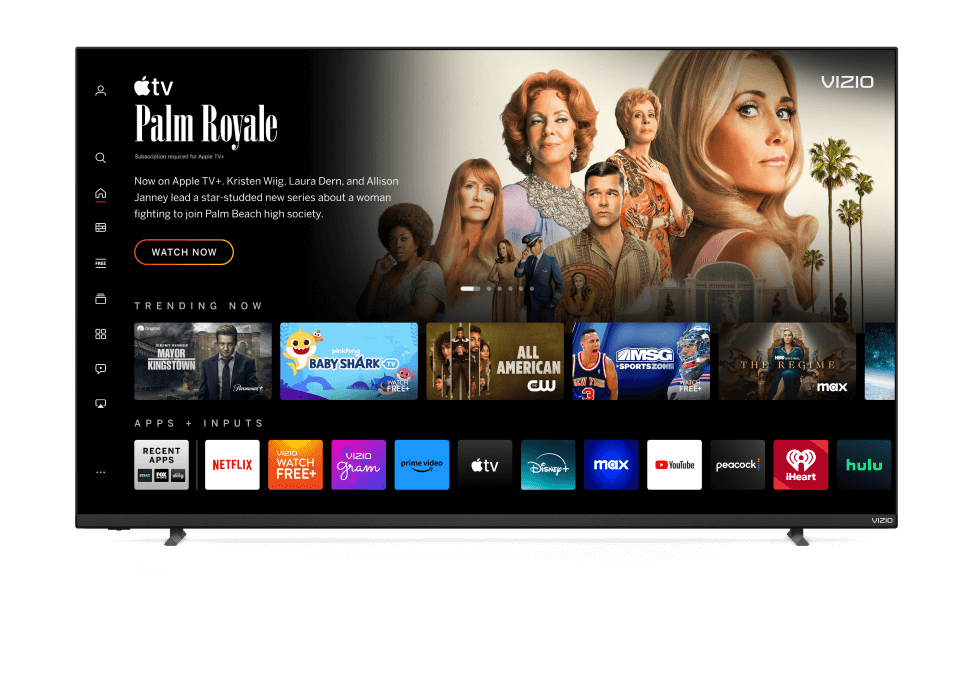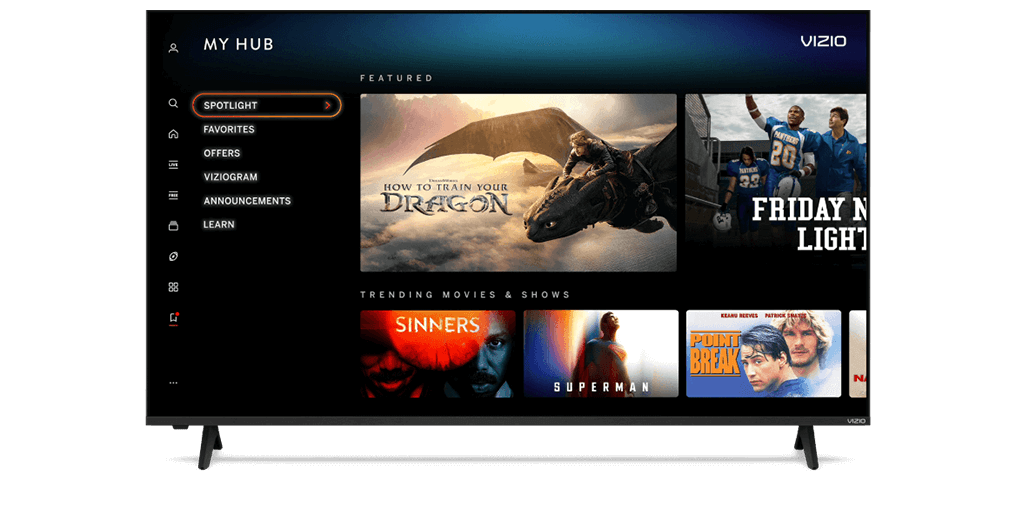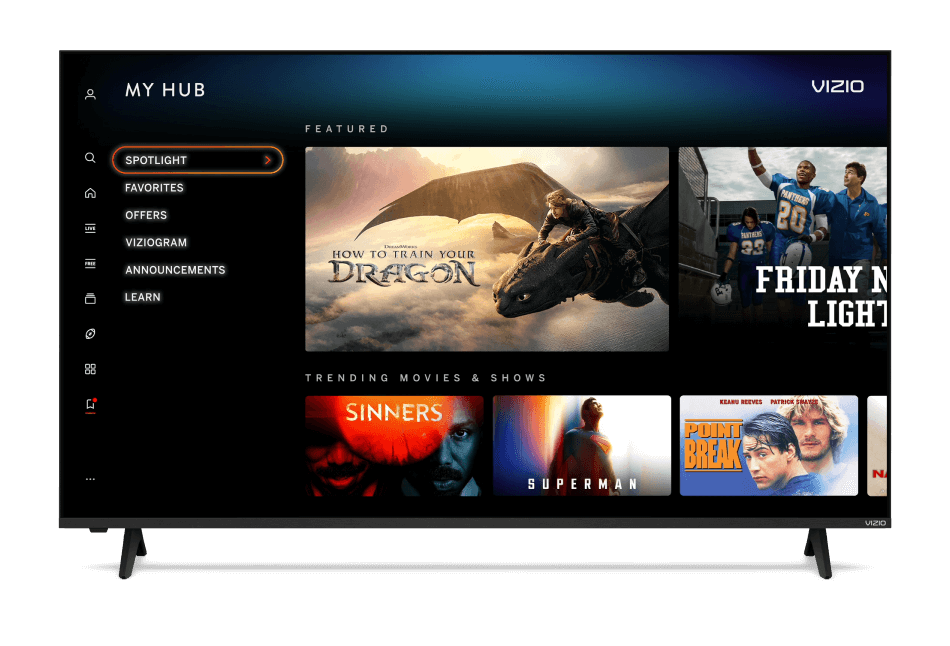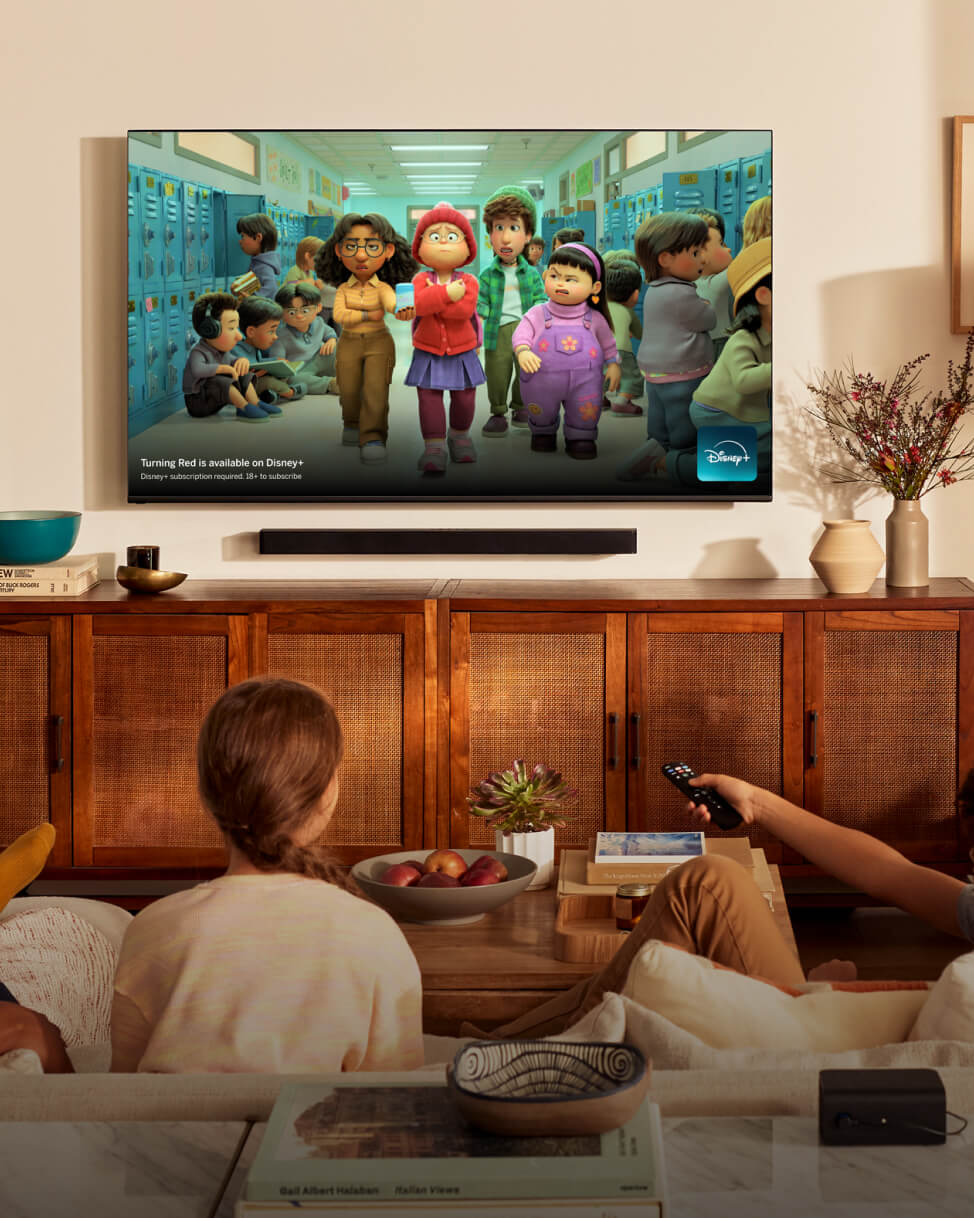California may pull plug on big TVs that guzzle energy
September 18, 2009
By: Marc Lifsher
Concerned that the growing popularity of big-screen televisions could make it harder for California to keep pace with electricity demand, state energy regulators are poised to crack down on energy-guzzling sets despite opposition from a powerful electronics trade group.
The first-in-the-nation TV efficiency standards would require electronics retailers to sell only energy-sipping models starting in 2011. Even tougher efficiency criteria would follow in 2013.
The California Energy Commission is slated to unveil the new standards today, followed by a 45-day public comment period. The commission is expected to approve the measure in early November.
The rules, which took more than a year to develop, are designed to shave $8.1 billion off Californians' electricity bills over a 10-year-period. That works out to $30 per set per year, according to commission officials.
It will also help California utilities head off the need to build more power plants just so residents can watch "American Idol" and other shows. TVs already account for 10% of residential energy use in California, driven largely by surging demand for large-screen TVs. Strict state mandates for cutting greenhouse gas emissions are further pressuring officials to act.
"Increased efficiency is the most cost-effective way of meeting our renewable-energy goals," commission Chairwoman Karen Douglas said.
Environmentalists have applauded those efforts. But some industry groups, including the Consumer Electronics Assn., dispute the notion that the new efficiency rules would benefit consumers.
About a quarter of currently available television models would have to be pulled from store shelves, said Doug Johnson, senior director for technology policy with the Arlington, Va., group that represents TV makers, distributors, retailers and installers.
That could raise television prices, put home theater installers and wholesalers out of business and destroy jobs, he said.
The association contends that the regulations would force TV buyers to buy banned sets from out-of-state dealers over the Internet, depriving California retailers of customers and state and local governments of needed sales tax and corporate income tax revenue.
The commission "appears to be carelessly rushing this flawed regulatory proposal that sets arbitrary limits on TV energy usage," Johnson said. He said the group's members have come up with a number of ideas for making their products more efficient but want to do them voluntarily.
But some flat-panel-TV makers said they would have no trouble hitting the higher efficiency threshold and that TV buyers wouldn't see prices rise. Hundreds of top-selling large-screen and very large-screen digital models already comply with the proposed efficiency standards.
"The average Californian should not see a cost premium," Bruce Berkoff, chairman of the LCD TV Assn., said in a letter to the Energy Commission. "They will, however, benefit from dozens to hundreds of dollars in energy cost savings over their TV's lifetime, thus making the proposed standard extremely cost-effective for the state of California."
The Energy Commission's move is just the latest step in a long push for energy efficiency in California. Since 1975, the Golden State has led the nation in adopting tough energy standards for household appliances, homes and buildings. As a result, California's per-capita electricity consumption has remained flat for nearly three decades, while the rest of the country's power demand has grown 50%.
Yet California's energy needs are so vast, it still must import about 30% of its electricity from out of state. Continued conservation, officials say, is critical to ensure California has enough electricity to keep its economy growing and healthy.
Big-screen TVs have emerged as a potential monkey wrench in the state's energy planning.
Sales of large, flat-screen TVs boomed in recent years, spurred by consumer desire for home theaters, the development of high-definition digital signals and a ratcheting down of retail prices.
But many of the 40-inch-and-larger sets, which use liquid crystal or plasma technology, consume vast amounts of electricity.
The average plasma screen uses more than three times as much energy as a bulky, old-fashioned cathode-ray-tube TV.
Research shows that television viewing now accounts for about 2% of statewide electricity consumption, a percentage that is expected to steadily increase.
Commission analysts estimate that a switch to higher-efficiency sets would eliminate the need to build one large natural-gas-fired electric power plant, saving enough energy to run about 461,000 homes.
The proposed standards would require televisions with 58-inch screens or smaller to comply with a minimum efficiency standard by Jan. 1, 2011, and a more stringent one by Jan. 1, 2013.
Sets with screens larger than 58 inches would initially be exempt from the new standards. But they would be subject to a subsequent rule-making process.
Gov. Arnold Schwarzenegger, who appoints the members of the independent Energy Commission but plays no role in its decisions, "supports the CEC's approach," spokesman Aaron McLear said.
Some television manufacturers, including Irvine-based Vizio Inc., are on board as well.
"We . . . support the standard, and we are in a position to comply with proposed effective dates but would also support earlier implementation," Kenneth R. Lowe, Vizio's co-founder and vice president, wrote to the commission late last year.
He noted that his company already "has several LCD models in the market today" that meet the more stringent 2013 standard.
Plasma TVs, which use significantly more power, currently would have trouble meeting the standards but could do so "in the next couple of years with expected technological innovations," Lowe said.


